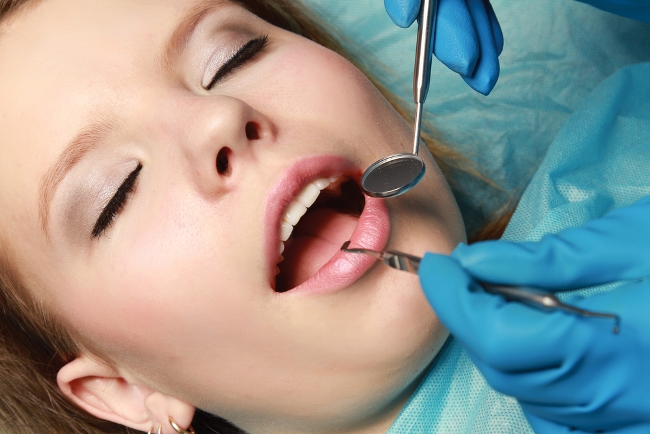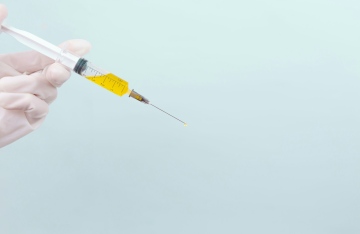Fear of the dentist is a phobia that afflicts many people, and admittedly some dental procedures aren’t much fun. Yet, check-ups are important not only to oral health but to overall health. Now there’s sedation dentistry, which is a solution for people who are really terrified to go to the dentist.
In sedation dentistry, the dentist gives their patient medications to relax them enough to allay their fears but not to the point where they fall asleep and can’t follow directions. However, some patients, especially children, do need to be given general anesthesia for a dental procedure. This is different from the patient coming in for a procedure where they may or may not receive a numbing agent that may ease the pain a bit but leave them anxious.
Who is a Candidate for Sedation Dentistry?
Not everyone is a candidate for sedation dentistry, though most people in good health are. People who suffer from cardiovascular disease or diabetes should be cleared by their regular physician before they opt for the procedure.
Types of Sedation Dentistry
There are several kinds of sedation dentistry. They include:
Nitrous Oxide
- This is commonly called laughing gas because it gives some people the giggles. It is inhaled through a mask. For some patients laughing gas is enough to relax them for some procedures. Others need shots of local anesthesia injected around the area in their mouth that is to going to be addressed. Though the sting of the needle is minimal, some patients who are given laughing gas beforehand don’t feel it at all. Nitrous oxide is the most common drug used in sedation dentistry.
- The great benefit of nitrous oxide is that its effects fade very quickly after the patient stops inhaling it. Because of this, a patient doesn’t need someone to take them home after their trip to the dentist because much of the laughing gas will have cleared their system.
Enteral Sedation
- This is when the patient takes a sedative in pill form the night before they come into the dentist’s office for their treatment. Because of this, the patient is relaxed even before they sit in the treatment chair. Their dentist can then give them other forms of sedation to make the experience even more comfortable.
Intravenous Sedation
- Sometimes a patient needs something stronger than a pill or laughing gas, so the dentist gives them a sedative intravenously. This type of sedation is deeper than the others, but the patient can still respond to their dentist’s instructions. Many drugs can be used for this type of sedation dentistry, but the most popular are benodiazepenes such as Valium, Versed and methohexital. They are sometimes combined with narcotics. A patient who has IV sedation may not even remember their treatment.
- The patient who has had IV sedaton may need to stay in a recovery area for a while after their treatment and will need someone to drive them home. This is also true of a patient who has general anesthesia. Moreover, a patient who has general anesthesia may need to take a couple of days off from school or work to recover from it fully.
Sedation dentistry is very safe and has done much to bring people in for dental check-ups and procedures that they would have avoided in the past.
Christopher is an author, blogger, and musician from Wichita, KS who has been fearful of visits with a dentist most of his life until he discovered sedation dentistry.




